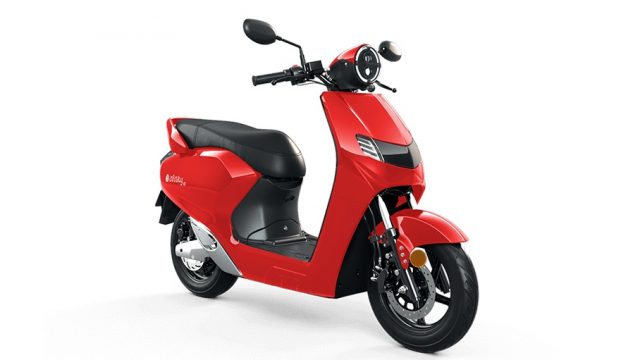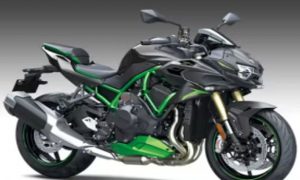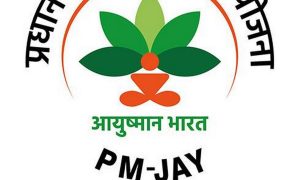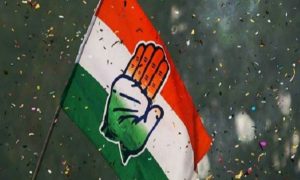Niti Aayog claimed that improvement in vehicle performance, disruptions in battery technologies and reduction in battery costs can help overcome withdrawal of incentives and increase penetration of electric vehicles.
NEW DELHI: Government’s public policy think tank Niti Aayog launched a new report forecasting the penetration of electric two-wheelers (E2W) in India. Using an agent-based modelling technique for a bottom-up analysis of possible scenarios of electric two-wheelers, Niti Aayog highlighted that sales of electric two wheelers can touch 220.15 lakh in FY31, if battery costs are reduced by 8% CAGR and vehicle power should increase by 20% by FY24. Another key metric to fuel this demand, according to Niti Aayog, is that the government subsidies and incentives should continue till FY2031.
Niti Aayog claimed that improvement in vehicle performance, disruptions in battery technologies and reduction in battery costs can help overcome withdrawal of incentives and increase penetration of electric vehicles.
The tool was prepared based on the insights developed from extensive interactions of NITI Aayog and TIFAC team members with stakeholders in the electric mobility sector and detailed literature survey on various approaches adopted in other countries (e.g., USA, Germany and South Korea etc.) for forecasting the market penetration of electric vehicles.
The basic underlying principle of this Agent-based model is to simulate the decision making of buyers. This is influenced by the attributes of the Agents, attributes of the vehicles available as options and combination of prevailing economic, technological, policy and market related factors, it added.
The report claims that with demand incentives and technological improvements electric two wheelers can achieve 100% penetration by 2031. With demand incentives withdrawn after FY24, maximum penetration of electric two wheeler sales would be 71.5%. With no technological improvements and no reduction in battery costs, penetration would be 21.86% by 2031





































